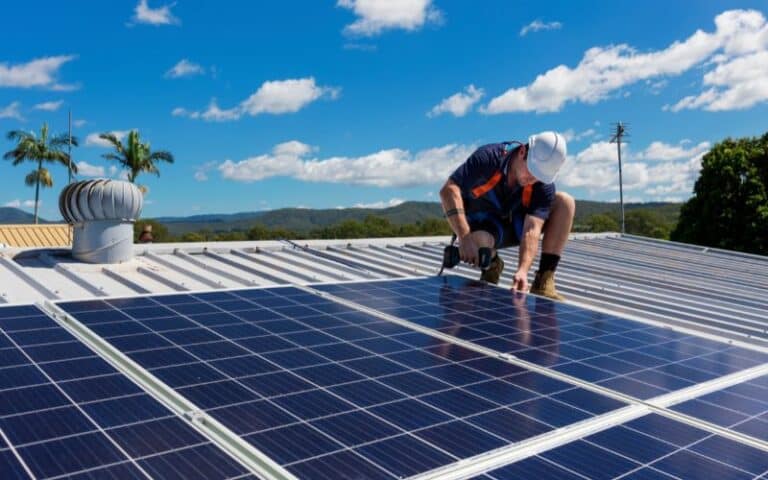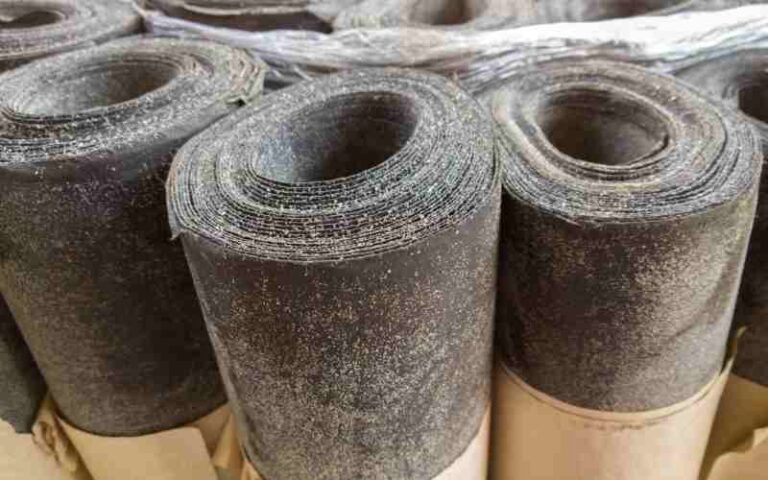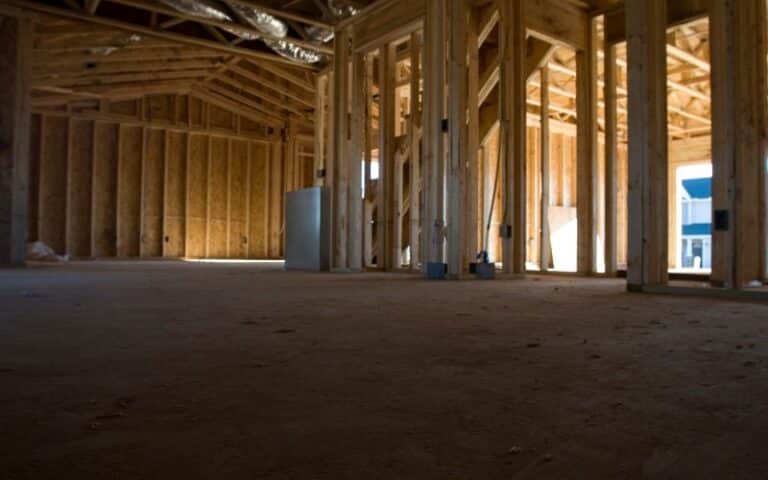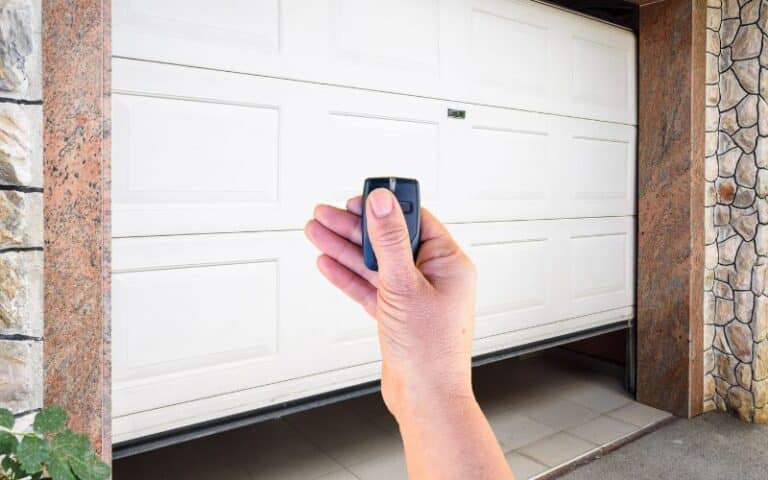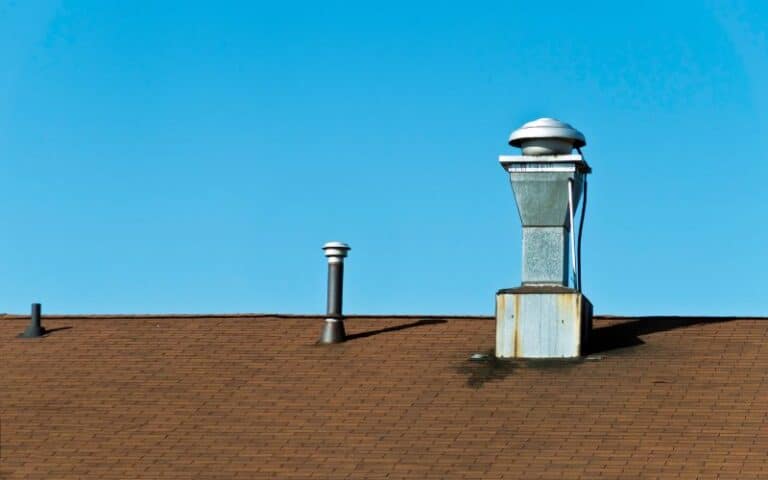The pitched roof is one of the most common root settings in construction. Therefore, this method of roof design is beneficial. What’s more? There are several types of pitched roofs.
Different contractors and builders widely use them for various reasons. However, what are the significant differences between these two roof pitches?
Which one should you opt for if you wish to start construction?
The 5/12 roof pitch offers a unique balance between high and low-slope roofs. Therefore, it is the better choice, especially for residential buildings. However, a comprehensive look at the considered factors will help you come to an informed conclusion.
Ready for a Roofing Quiz?
What Is the Difference Between a 5/12 vs. 6/12 Roof Pitch?
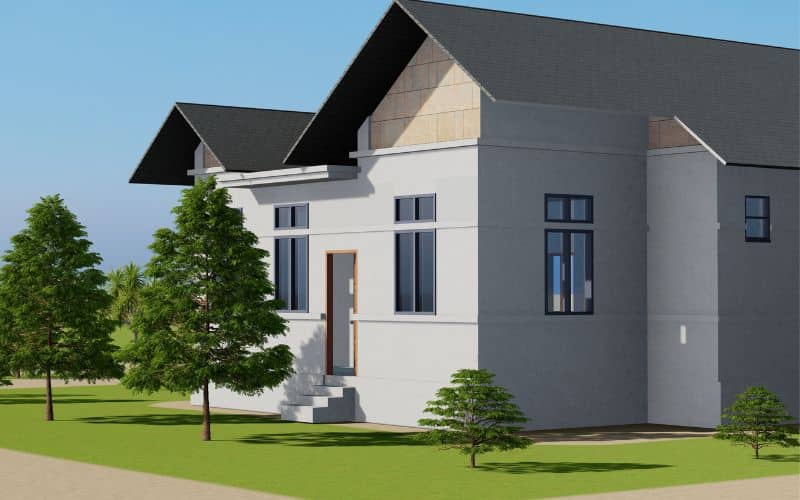
The 5/12 and 6/12 are some of the residential buildings’ most popular roof pitches. They have close features because of their closeness in slope, steepness, and angle of elevation.
However, they are different in several ways.
The ease of construction and production cost are factors that set the two apart. The 5/12 pitch roofs cost less to construct when compared to the other.
Another difference is the cost of maintenance; 6/12 costs less to maintain.
Which Roop Pitch is Steep; 5/12 or 6/12?
The roof pitches have varying steepness depending on their level of elevation. By general categorization, both 5/12 and 6/12 are steep roof pitches.
However, the 6/12 is the more vertical of the two types of pitch roofs.
Steepness indicates how easily objects or precipitation can run off the roof and into the gutter. Note that the 5/12 pitch roof is adequately steep to run off debris; nonetheless, the 6/12 top is more vertical.
5/12 vs. 6/12 Roof Pitch Angle
The roof pitch angle is another way to determine the level of the steepness of a roof pitch. Another measurement style sets a difference between 5/12 and 6/12 roofs.
The grades are close, but they significantly differ in construction and functionality.
The angle of the 5/12 roof pitch is 22.5 degrees, and the 6/12 roof pitch has a rise of 26.5 degrees. This angle is at the roof’s edge between the top and the flat surface of the building.
What Is the Most Popular Roof Pitch; 5/12 or 6/12?
The most popular category of roof pitch is called the conventional slope roof. This category umbrellas the 4/12 to 9/12 roof pitch.
While these categories are generally shared, only 5/12 and 6/12 roof pitches are standard in residential buildings.
The most popular type of the two is the 5/12 roof pitch. Its popularity is thanks to its effective balance in protecting buildings in varying kinds of weather.
It has just the needed steep to shed water, snow, debris, and leaves quickly without any lasting damage to the roofing materials.
The angle is suitable for a contractor to have a walk during inspection and repair. However, most contractors will only want to build a roof they can easily walk on and inspect for maintenance.
Hence the 5/12 pitch roof is the most famous.
Which Roof Pitch is Good; 5/12 or 6/12?
There is no single determinant factor to decide which roof pitch is better between the 5/12 and the 6/12s. Many factors need consideration to determine a good fit for your building.
However, it is worth noting that these two types of roof pitches are within the category of conventional roof pitches.
You know that the 6/12 roof pitch is the steeper of the two; hence you can decide which is a good fit for your building once you consider the following factors.
#1. Weather
The weather in your locality is a significant factor in deciding which roof pitch slope is better between 5/12 and 6/12.
It is better to opt for the steeper roof pitch in areas with heavy rainfall or snowfall.
The steepness will ensure that the snow or water runs off quickly without damaging the roof’s integrity.
Buildings in areas with low windbreaks, such as big trees or taller buildings, can go a less steep option like 5/12. It is because more vertical roof pitch suffers more from wind travel.
#2. Maintenance
Maintenance is another factor to consider in choosing which of the two roof pitches is suitable for your house. A 6/12 roof pitch will need fewer maintenance routines compared to 5/12.
Therefore, you are guaranteed prolonged use without maintenance when you opt for the former option.
However, it is easier to repair and maintain the 5/12 roof because its elevation angle allows tools to stay without sliding.
The contractor can also walk and work on the 5/12 pitched roof more quickly than on 6/12.
#3. Installations on Rooftops
If you install equipment such as patios, heating, and ventilation systems on the roof, your choice should be the 5/12 pitched roof. Installations are better and more manageable on less steep roofs.
These are the significant factors to consider when choosing a good fit for roof pitch.
However, when many construction experts consider all essential elements and other factors such as price and material, the final choice is the 5/12 pitched roof.
Quick Guide to Roof Pitches
Roof Pitch measures roof steepness from the middle to its edges. There are various types of roof designs in construction today, and the pitched roof is just one of these designs.
Others include gable roofs, flat roofs, and many others. The best fit for a building depends not only on choice but on environmental conditions in the area.
Roof pitch is the level of elevation towards the center. To help get uniformity in measurement, measure the rise after every 12 inches of inward movement towards the roof center.
The roof pitch is the rise in inches after 12 inches from the roof’s edge to the center. For example, if the increase from the edge to center in 12 inches is 5 inches, you have a 5/12 roof pitch.
The elevation angle is another way to measure the steepness of a roof pitch.
For example, the 1/12 roof pitch has the lowest slope of 4.5 degrees, while the roof with a 12/12 pitch has 45 degrees of elevation. The higher the angle of elevation, the steeper the roof pitch.
There are three significant categories of roof pitches based on the level of steepness. They are:
#1. Low Slope Roof Pitch
This roof pitch is not the typical flat roof with no elevation towards the center. However, the rise is relatively small to make any significant difference.
Therefore, they are easily prone to a flat roof. The range for flat roof pitch is between 1/12 to 3/12.
#2. Average Slope Roof Pitch
The Roof pitch between 4/12 and 6/12 falls in this category. Roof pitch with this elevation level combines the advantages of steep and flat roof pitches with an outstanding balance.
They are also the most popular category of pitches you find in residential buildings.
#3. Steep Roof Pitch
Any roof pitch above 6/12 falls in the steep category. 7/12 to 9/12 are standard in residential buildings and some industrial areas. This high level of elevation is rare and expensive to construct.
Final Thoughts
If you are contemplating choosing a pitched roof for your residential building, you have all you need to make a good choice.
Although the two pitch roof styles have very similar features, the 5/12 pitch roof is the better pick.
Noted, in some instances, the 6/12 serves your unique needs more than the 5/12. But, in the end, both are good choices.

